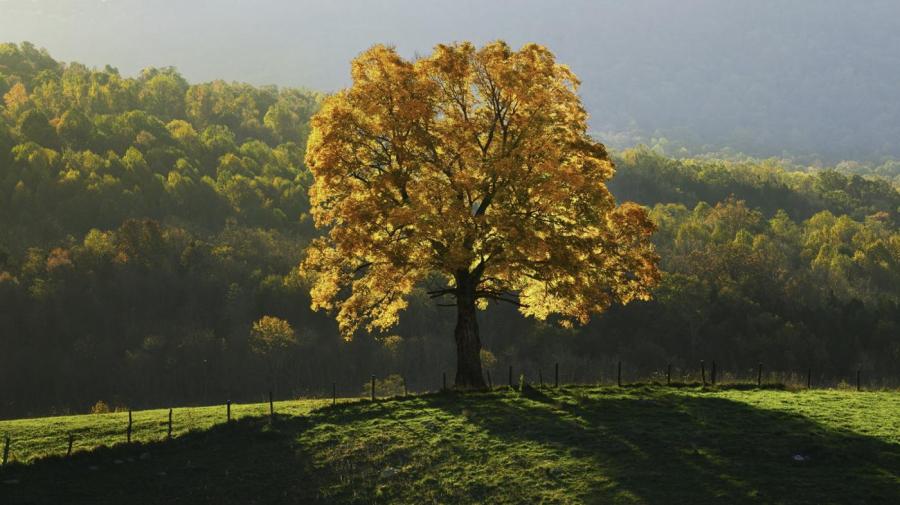Characteristics of the Four Seasons

Seasonal change is caused by the axial tilt of the Earth, which creates climatic differences due to greater or lesser exposure to solar radiation. The characteristics of these seasons are briefly examined below.
Spring In the Northern Hemisphere, spring lasts from about March 20 to around June 20. The first day of spring is known as the vernal equinox where the hours of day and night are equal. As the season progresses, the days grow longer and the air warmer. Plants move out of their winter dormancy, begin to sprout and put forth buds and fresh leaves. Animals too, mark the change. Birds begin nesting and migratory species start the trek from winter to summer territory. Hibernating creatures leave their dens and burrows. Humans also recognize spring, with celebrations of fertility and growth. More practically, gardens and fields are tilled and planted, ready to grow and ripen in the warmth of summer.
Summer The Northern Hemisphere summer begins with the solstice, occurring about June 21, the longest day of the year. The long hot days incite a period of growth and ripening. Plants put forth fruit and seeds; young animals grow and learn. Herbivores take advantage of the abundant food to store fat for the coming winter and carnivores prey upon the plant-eaters for the same purpose. Humans too, enjoy the season, with its greater access to fresh to the fresh fruits and vegetables found at farmer’s markets and roadside stands. It’s a time of plenty and preparation for the colder times ahead.
Autumn The autumnal equinox marks the beginning of fall in the Northern Hemisphere. It’s the mirror of spring as warmth and abundance tail away to cooler temperatures and dwindling resources. Days continue to grow shorter and plants fall into dormancy. Migratory animals begin the journey to winter quarters and hibernating species prepare for torpor. Creatures that don’t migrate may grow thicker coats of fur or down to hold off the looming winter chill. For humans, it’s the season of harvest, often marked by feasts. Even with year-round food available in the modern grocery store, many people use this time to store food for the winter by canning, drying or freezing and thus enjoy the memory of summer in the dark of winter.
Winter As in summer, the advent of winter is marked by a solstice. Occurring around December 21, it has the shortest day and longest night of the year. For much of nature, winter is a time of slowing down as temperatures grow colder. Most plants are quiescent and many animals sleep a great deal or even hibernate. This conserves energy at a time when there are fewer resources available. Despite being the beginning of the coldest season, the solstice marks the time when the days start to grow longer. Human cultures across the globe and throughout history mark this time with feasts and celebrations. These remind all that spring will come again.
Note The dates above refer to the astronomical seasons, determined by the Earth’s journey around the sun. Meteorological seasons are determined by weather conditions and follow a somewhat different schedule. Also, the Southern Hemisphere seasons are opposite those north of the equator.





